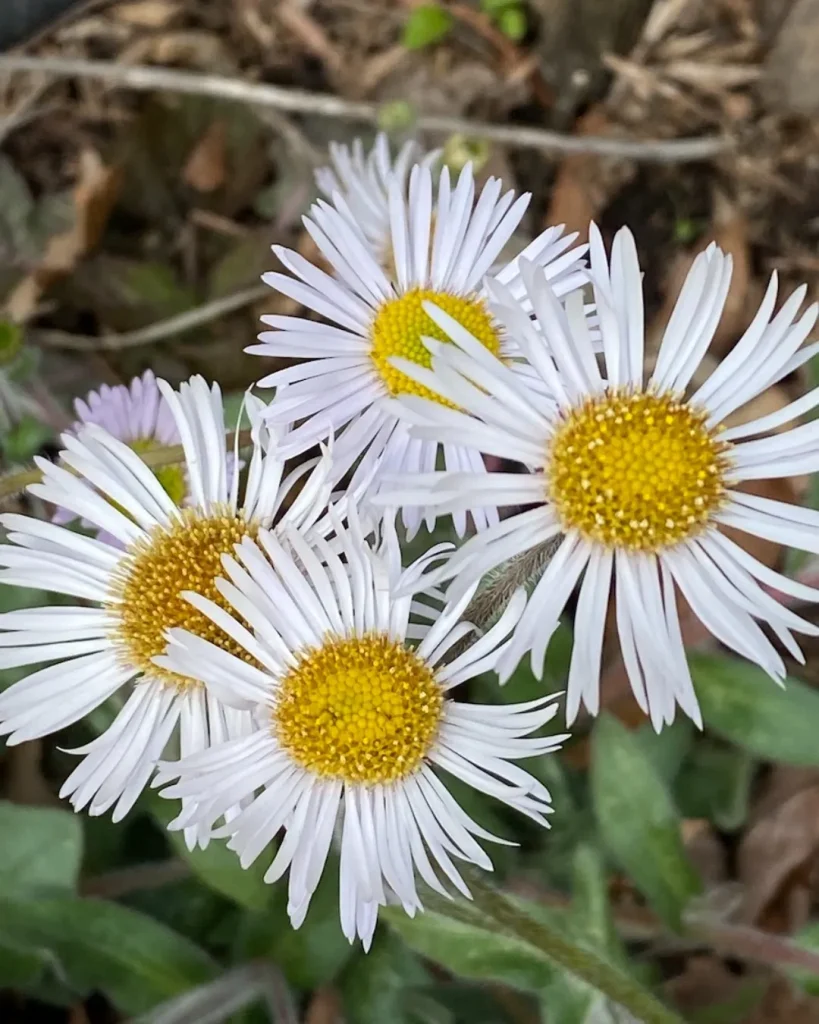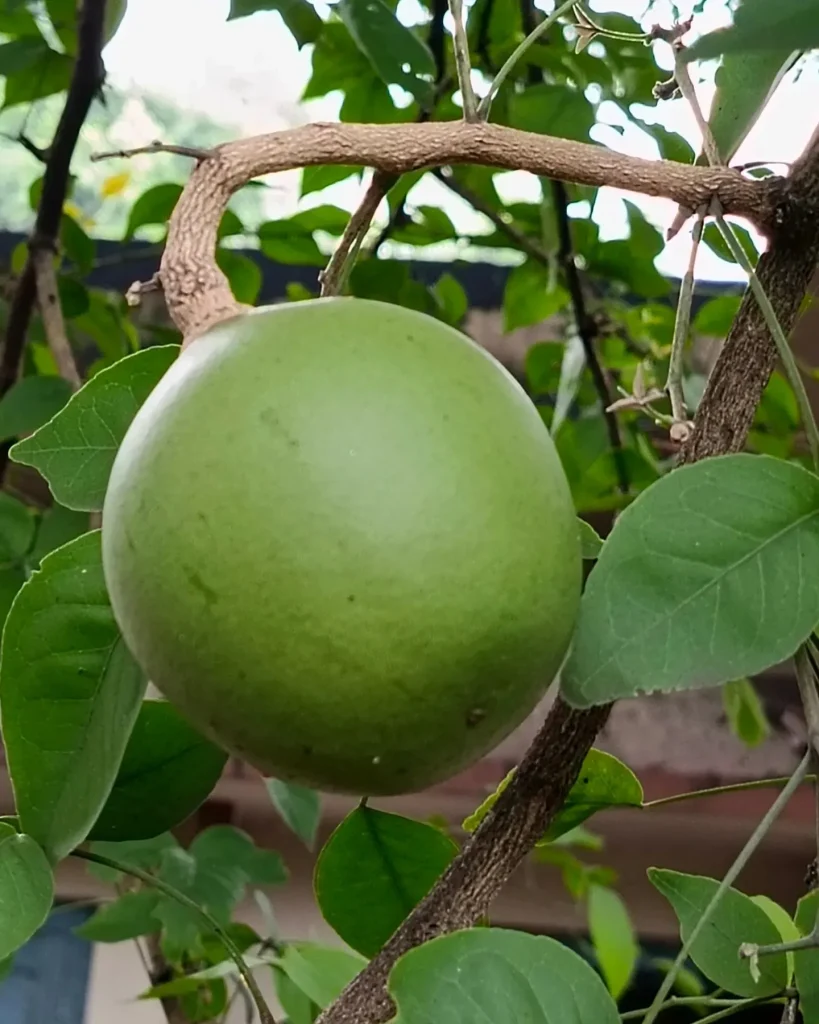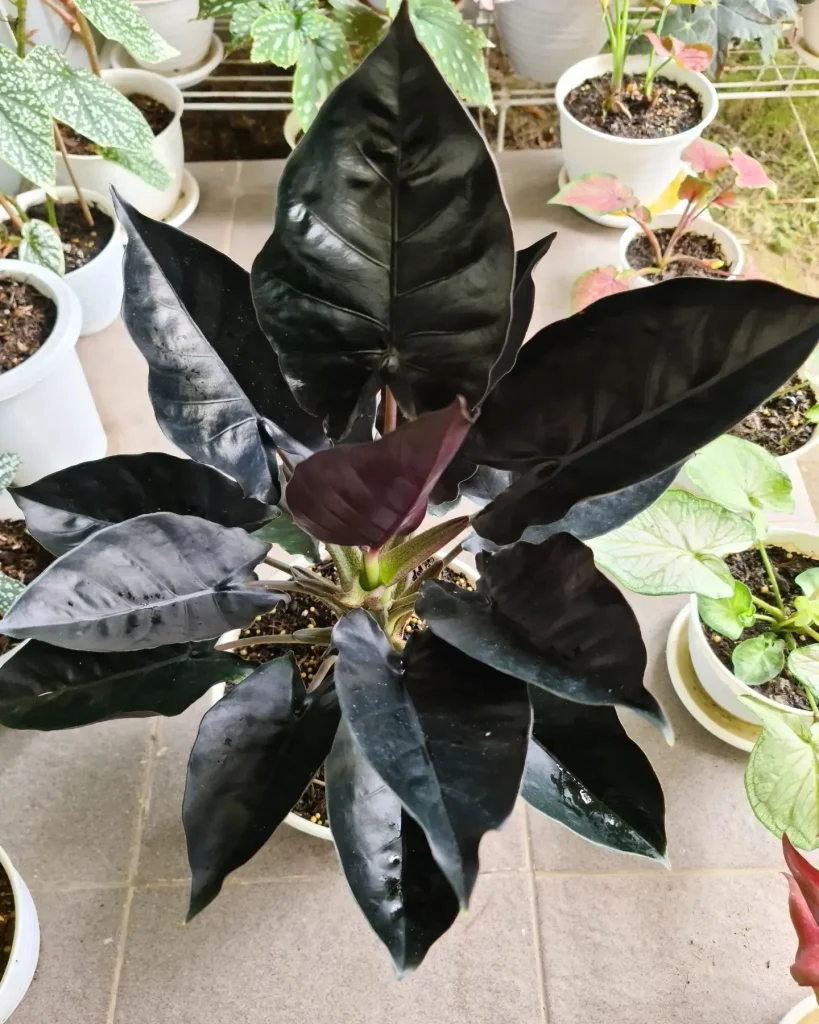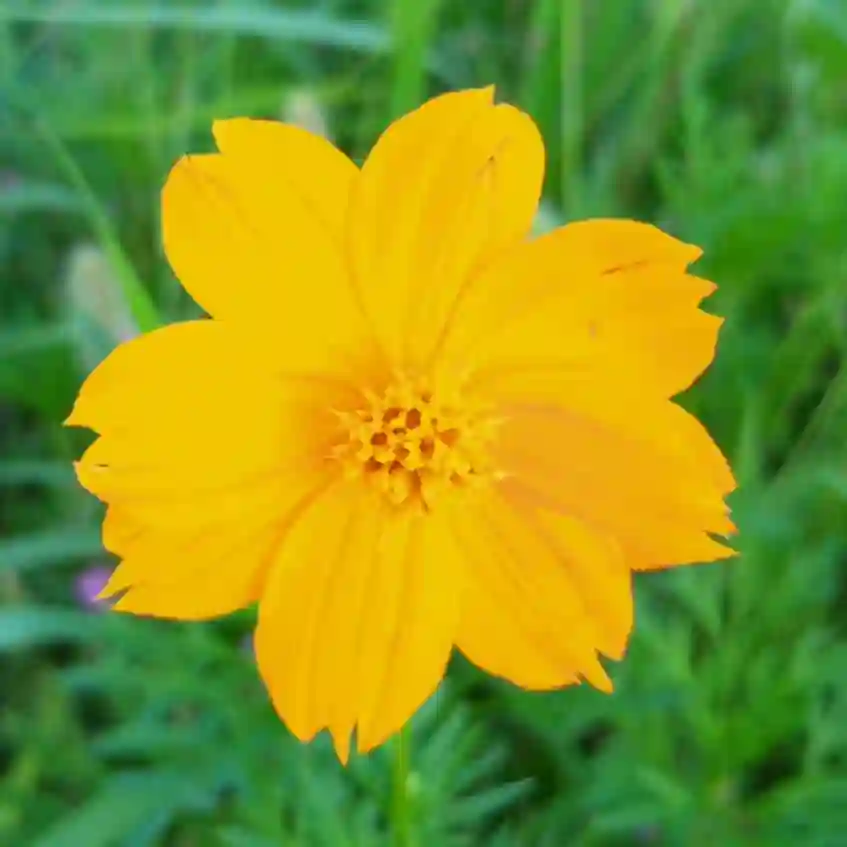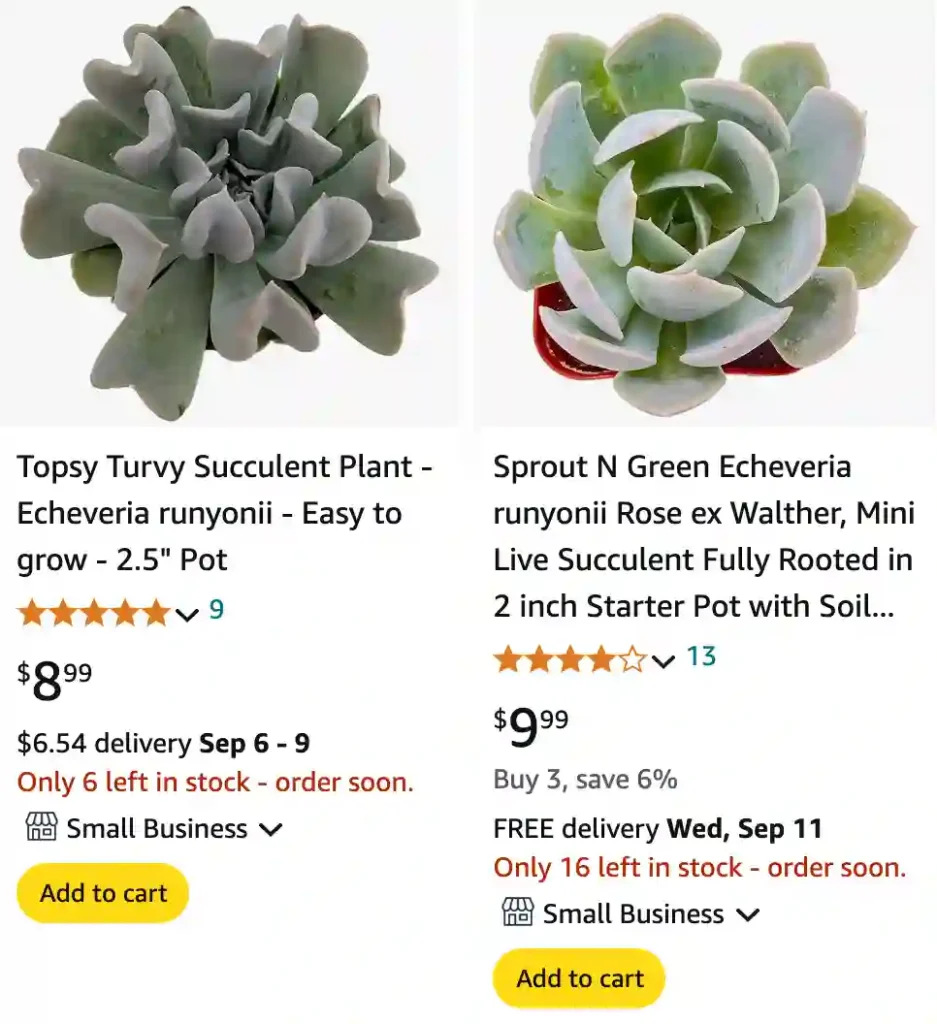
FAQs About Echeveria Runyonii
As a passionate succulent enthusiast, I’ve spent quite a bit of time with the charming Echeveria Runyonii. This delightful plant, often called the “Topsy Turvy” due to its unique rosette shape, is a popular choice among succulent lovers. Here’s a comprehensive guide to all the frequently asked questions about Echeveria Runyonii.
202 Species in Genus Echeveria
What is Echeveria Runyonii?
Echeveria Runyonii, also known as Topsy Turvy, is a type of rosette-forming succulent. It’s part of the Crassulaceae family, which includes many other well-loved succulents. This plant is known for its attractive, blue-green leaves that often have a pinkish tint at the edges. The leaves are arranged in a rosette shape, giving it a distinctive appearance. Echeveria Runyonii is quite resilient and can adapt to a range of environments, making it an ideal choice for both beginners and seasoned plant enthusiasts.
How to Care for Echeveria Runyonii?
Caring for Echeveria Runyonii is relatively straightforward, but it does have some specific needs:
- Light: Echeveria Runyonii thrives in bright, indirect light. A south-facing window is ideal, but it can also handle some direct sunlight. If the light is too low, the plant may become leggy and lose its compact shape.
- Watering: This succulent prefers to be on the drier side. Water it thoroughly but infrequently, allowing the soil to dry out completely between waterings. Overwatering is a common issue, so make sure the plant has good drainage and never let it sit in water.
- Soil: Use a well-draining cactus or succulent mix. Adding perlite or pumice can improve drainage. The roots of Echeveria Runyonii are sensitive to sitting in wet soil, which can lead to root rot.
- Temperature: It prefers temperatures between 60°F and 80°F (15°C to 27°C). Protect it from frost and keep it away from extremely hot or cold drafts.
How to Propagate Echeveria Runyonii?
Propagation of Echeveria Runyonii is relatively easy and can be done through leaf cuttings or offsets:
- Leaf Cuttings: Gently twist a healthy leaf from the base of the rosette. Allow the leaf to dry and callous over for a few days. Then place it on well-draining soil, and keep it in a bright, warm location. New rosettes should form at the base of the leaf after a few weeks.
- Offsets: Echeveria Runyonii often produces offsets or “babies” around the base of the plant. Gently remove these offsets and plant them in their own pots with the same well-draining soil. They should root and establish themselves fairly quickly.
What to Plant With Echeveria Runyonii?
Echeveria Runyonii pairs well with other succulents and cacti that have similar care requirements. Some good companions include:
- Sedum: Varieties like Sedum Morganianum or Sedum Burrito provide a nice contrast with their trailing habits.
- Aloe: Smaller Aloe species can complement the rosette shape of Echeveria Runyonii.
- Crassula: Crassula species, such as Crassula Perfoliata, offer a lovely visual balance.
Combining these plants in a mixed succulent arrangement can create a beautiful and low-maintenance display.
Is Echeveria Runyonii Toxic?
No, Echeveria Runyonii is not toxic to humans or pets. However, it’s always a good practice to prevent pets from chewing on your plants, as consuming large quantities of any plant material can cause digestive upset.
Benefits of Echeveria Runyonii
Echeveria Runyonii offers several benefits:
- Aesthetic Appeal: Its unique rosette shape and color variations make it a striking addition to any plant collection.
- Low Maintenance: Ideal for those who prefer a low-maintenance plant that doesn’t require frequent watering or special care.
- Air Purification: Like many succulents, Echeveria Runyonii can help purify the air by removing toxins.
Common Problems
While Echeveria Runyonii is quite hardy, it can face a few issues:
- Overwatering: The most common problem is root rot from overwatering. Ensure the soil is well-draining and let it dry out between waterings.
- Pests: Watch out for mealybugs and spider mites, which can infest succulents. Regularly inspect the plant and treat any infestations promptly.
- Sunburn: If exposed to too much direct sunlight, the leaves may get sunburned, leading to discoloration or scarring.
Compare With Similar Succulents
Echeveria Runyonii is often compared with other Echeverias and similar succulents like:
- Echeveria Lola: Lola has a more compact rosette and softer color tones compared to the Topsy Turvy.
- Echeveria Elegans: Also known as the “Mexican Snowball,” this succulent has a similar rosette form but tends to have a more uniform color.
Both Echeveria Lola and Elegans can make excellent companions for Echeveria Runyonii, adding diversity and interest to your succulent collection.
In summary, Echeveria Runyonii is a fantastic plant for succulent lovers due to its unique appearance and ease of care. With the right light, watering, and propagation techniques, it can thrive and bring beauty to any space.

